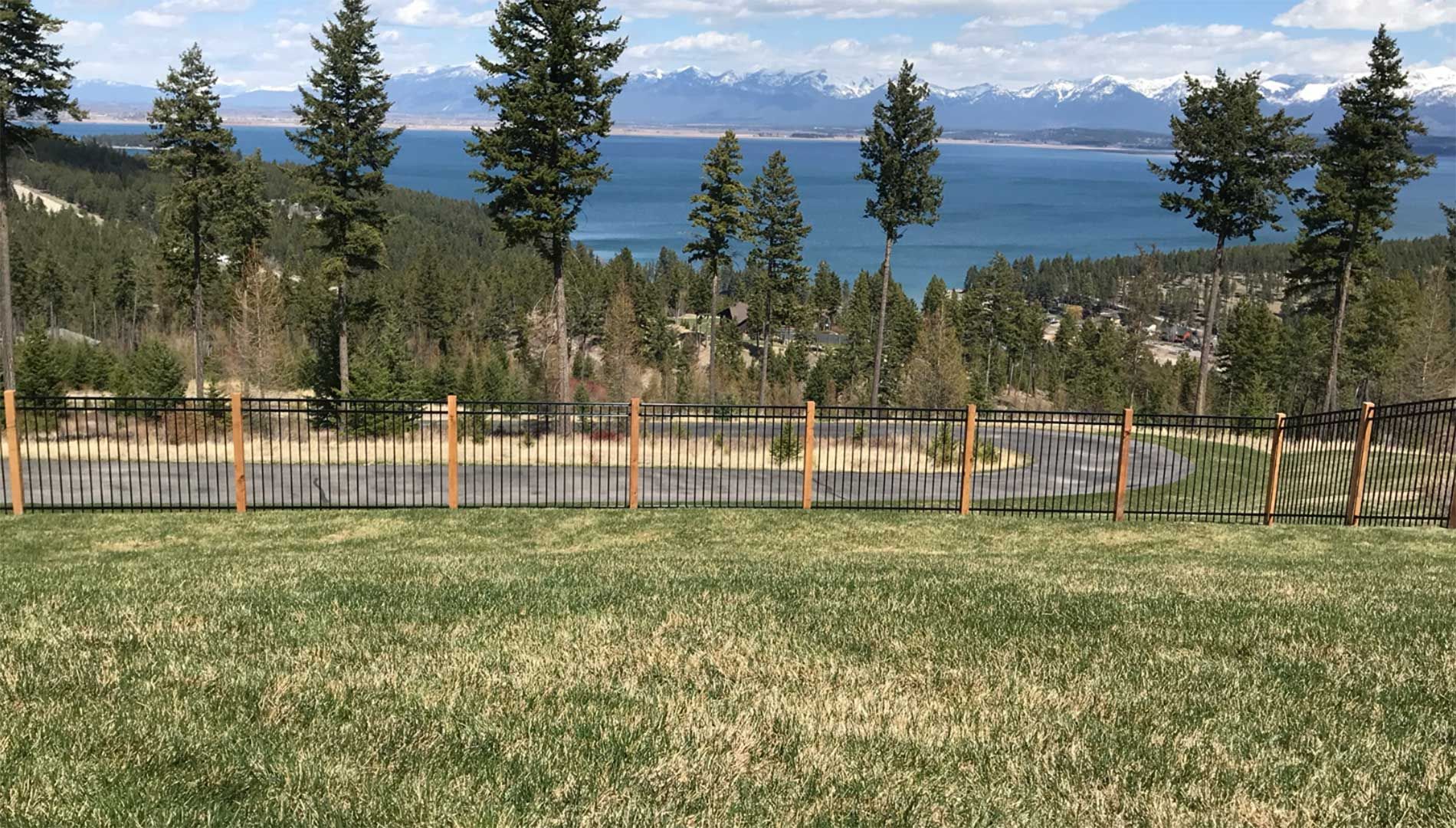Installing a continuous panel fence can be straightforward—but only if you avoid these common pitfalls.
1. Inadequate Site Preparation
Preparing the site properly is crucial for a successful fence installation. Skipping this step may cause problems down the line. Here are some common errors:
- Failing to clear debris and vegetation from the site.
- Not leveling the ground properly before installation.
- Ignoring soil testing to ensure stable post placement.
Tip: Take the time to prepare the site thoroughly to avoid costly adjustments later.
2. Incorrect Measurements
Accurate measurements are the foundation of a successful fence installation. Errors here can lead to wasted materials and uneven sections. Key issues include:
- Not measuring the entire perimeter of the fence line.
- Failing to account for gates and access points.
- Misjudging panel spacing or post placement.
Tip: Always verify your measurements and develop a comprehensive plan before proceeding.
3. Using Low-Quality Materials
Choosing lower-quality materials to save costs might seem tempting, but it often results in higher expenses in the long run due to repairs or replacements. Mistakes include:
- Using untreated or low-grade metal panels prone to rust.
- Choosing subpar hardware that weakens over time.
- Opting for cheaper finishes that don’t withstand harsh weather.
Tip: Quality materials may cost more upfront but will save you in repairs and replacements down the road.

4. Ignoring Local Regulations
Local regulations are crucial when installing a fence. Failing to comply can lead to penalties or the removal of your fence. Some common mistakes are:
- Failing to check zoning laws and property boundaries.
- Skipping permit applications where required.
- Violating height restrictions or setback requirements.
Tip: Don’t skip zoning checks or permits—consult with local authorities to avoid problems.
5. Tips for a Successful Installation
Here are a few tips to help you avoid common installation mistakes and ensure a successful project:
- Plan Ahead: Make a clear plan, including all measurements and materials, before starting.
- Use the Right Tools: Having the right tools is essential—be sure to have post-hole diggers, a level, and a drill ready.
- Work with Professionals: If you’re unsure about any step, consult experienced installers to guide you through the process.
- Inspect as You Go: Regularly check your progress to catch errors early and make adjustments as needed.
Conclusion
By steering clear of these mistakes and following best practices, you can install a fence that lasts and enhances your property. Need assistance? Contact Montana Fence for expert advice.